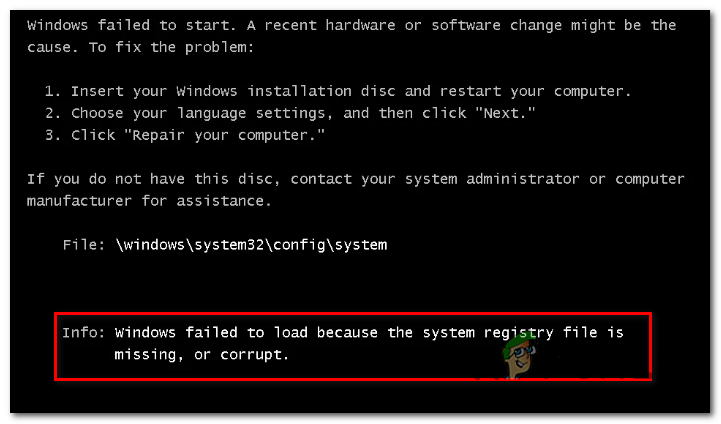۸ Tips to Update Slow Hard Drive Productivity After Updating Drivers

Now, in its address bar, you have to type “regedit.” After that, press Enter on your keyboard, where the Registry Editor opens immediately. If you want to use the File Explorer or Windows Explorer to open the registry editor, you have to open the file manager first from your Windows device. Now, you have to type regedit and press Enter / OK to open the registry editor.
In addition to the standard string search (Like in RegEdit), RegScanner can also find Registry values by data length, value type (REG_SZ, REG_DWORD, and so on), and by modified date of the key. In the right pane, you’ll see a list of files, or "strings," contained within the Reg Key you selected.
In our example, we’ll edit the string SERVER. Note that registry manipulation is powerful functionality, and should be used with a lot of care – the same as if you were using the native Windows editor.
You cannot undo any changes made, and interacting with sensitive keys could render the remote system un-bootable, so be sure you back-up your data before making any changes. Select the text (registry key), right-click and choose Go To Registry Key. Registry Editor will open directly to the selected key.
More On Hkey_users & Sids
This article describes how to change permissions in the registry, in Windows. Do not edit the Windows registry unless you are confident about doing so.
My Knowledgebase For Things About Linux, Windows, Vmware, Electronic And So On…
- For example, if we did not want the IntelliPoint program to load each time Windows starts, we could highlight IntelliPoint and then press the delete key.
- See How to Load a Registry Hive if you need help.
- HKEY_USERS, sometimes seen as HKU, is one of many registry hives in the Windows Registry.
- It’s common to mistake this key for one that can be edited so that its changes are applied to all the users, considering that it’s called "default," but this isn’t the case.
This technique can also be applied to Windows 8, Windows 8.1 and Windows 7. If you have any questions and ideas on how to open the Windows Registry editor on Windows10/7, then do share with us at the below comment section.
Changes made to the Windows registry happen immediately, no backup is created automatically. If you need to edit the registry, don’t worry. Making a registry tweak is easy so long as you know what setting you’re modifying. However, you must be careful when editing the Windows Registry as you can create unintended issues. An alternative and relatively fast way to open the Registry Editor is to use the File Explorer or Windows Explorer.
The registry is a database in Windows that contains important information about system hardware, installed programs and settings, and profiles of each of the user accounts on the computer. Windows often reads and updates the information in the registry. In this article, we will discuss about how to edit registry settings of other users in Windows 10 without logging into each account separately.
Open a new instance of Mozilla Firefox and navigate to a Web page that contains information about modifying the registry. Select the text (registry key), right-click and choose Open In Regedit. The Open In RegEdit add-on for Mozilla Firefox works by setting the LastKey registry value and then opening the Registry Editor (regedit.exe).
Note that we’ve covered the Regedit – LastKey method previously. Many of our articles contain information about modifying the registry. To quickly open the Registry Editor to a selected key from the web browser, d3dramp.dll you can browser add-ons available for Chrome, Firefox or Internet Explorer. This document describes how to create a backup of the Windows registry, how to edit the registry, and how to restore the registry if something goes wrong.